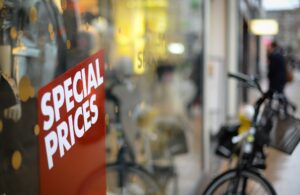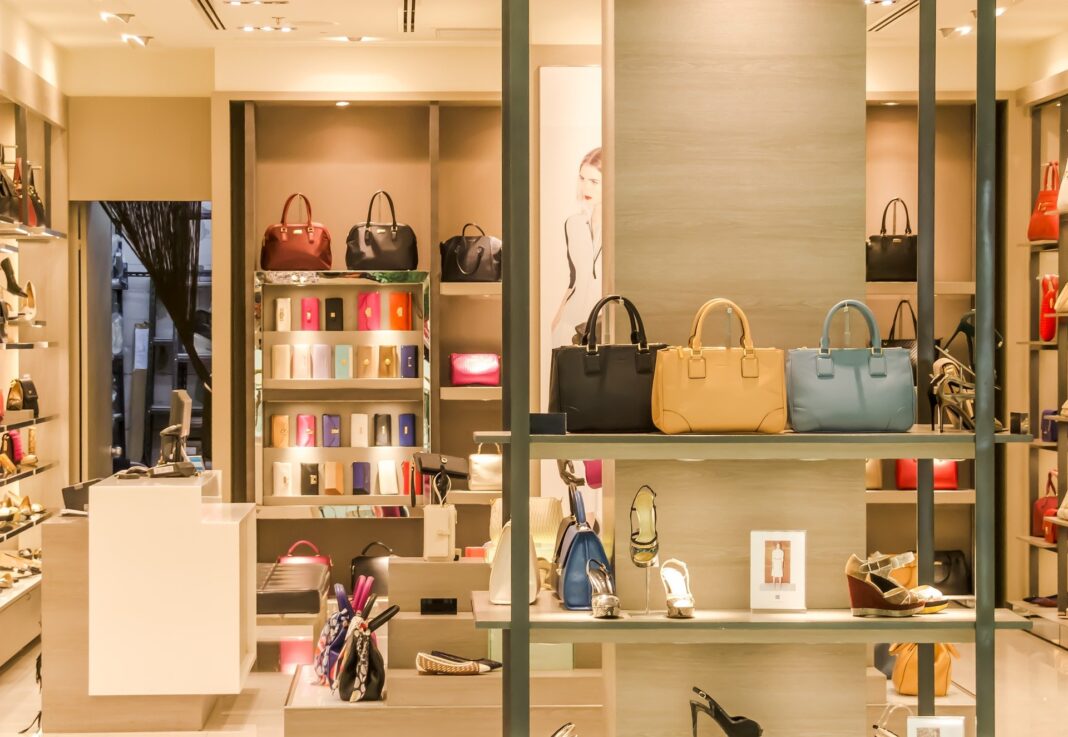Introduction
If you operate a brick-and-mortar store, you probably have wondered how you can attract more customers to foot your store. For success, every store would require that customers participate in its physical location and also keep coming back. This might seem an uphill task, especially with the high competition being witnessed out there.
Then, how do you attract them to your location and not go to the other store? This can be done by using an electronic message center sign at the entrance of your brick-and-mortar retail store. The signs can be customized to fit the unique needs of your store to help attract customers to your business and not in the others. They also help to differentiate your store against the others if you are operating in the same location.
With e-commerce, most people now prefer to shop online rather than from a physical location. This further continues to strain the success of physical stores as more people spend a better part of their time online. All the same, this doesn’t mean that people are no longer in need of the experience of shopping and testing for products in real-time.
Among the ways to encourage customers to visit your store includes providing a pleasant experience and giving what they can’t get while shopping online. By communicating this on your website, customers can come to your physical store to enjoy the experience. Read on to know the strategies that you can employ online to drive traffic in your physical brick-and-mortar retail store.
Penn State Daily Collegian Student Reviews
7 Ways to Drive Traffic in your Brick-and-Mortar Retail Store
Host In-Store Events
Interested customers are left with only the option of dropping by if you hold an exclusive in-store event. Since they know that such an experience can’t be gotten by ordering online, they are motivated to attend to participate.
There are different types of events that you can host to help attract more foot traffic depending on your industry of operation. For instance, if you sell yoga-related products in a yoga studio, you can organize free classes to help attract customers to your store. Also, if you know what interests your target audience, you can host and take advantage of events like contests, games, product launches, and much more.
Add Your Store to Search Engines 
Search engines have been the lead to solutions when people are looking for local businesses to take care of their shopping needs. When you verify your business on these platforms, you are sure that customers will find you because engines encourage them to visit your store.
Customers can come to your store only if you have verified your entity with Google My Business. After verification, the name of your business will be among a list of stores that pop up when a customer searches for a specific business on google. Verifying your business also ensures that your customers find your location with ease on Google Maps. Also, the list on the search engines comes with important information like a phone number, customer reviews, photos, and more.
Once you have managed to attract customers to your location, you can use electronic message center signs for easy identification of your store.
Offer in-Store Promotion 
Customers are encouraged to stop and shop when there is in-store promotion because they are enticed by offers. Everybody would want to take advantage of the offer and so they will come to take the opportunity and save as they buy their favorite product. It acts as a win situation for both parties because, as customers save on the purchases, you also generate an extra sale.
People are continuously looking for ways to save on their spending. And so, when there is an offer at your store, they must come to take advantage. Offering promotion also helps to sell new products as customers get to know and try them when they visit where your store is located. Using an electronic message center to put signs at your store can help them identify your business.
In-Store Collection
Having a provision in your store where customers buy online but collect their products from any of your stores that are near them can help them to traffic your physical business. This also works to give them a real-time experience from the store. While in your location, they can also identify, know, try, and maybe buy other products that you offer.
Allowing for in-store collection also helps the customers to know the location of your store that is located near them. This can create a good relationship with them and can be willing to stop by when they are around or when time allows.
Loyalty Campaigns
Loyalty campaigns help to ensure that old customers continue to shop at your store. This is achieved by identifying and offering incentives to regular shops to encourage them. They can be enticed with redeemable points, discounts, and rewards.
This practice is worth doing because it works to retain and build strong loyalty with the existing customers. It also works well with the knowledge that loyal customers are always ready to spend more in your store in the long run.
Check out Villiers private jet rentals here.
Geo-Conquesting
Geo-conquesting is a competing strategy that aims to win customers that are located near your competitors. By this, you attract customers away from your competitors into your store by offering location data. The campaign is directed to people who are near your competitors with the intent of making them come to your shop instead of going to the others.
Relationship Marketing
Relationship marketing is somehow related to loyalty campaigns and programs. This is because it involves the process of creating a strong relationship with the current customers. It works to nurture customers for a long time rather than concentrating on quick sales. The result is that customers feel valued and can buy more, advocate for the product, and also spend more on your store.
This relationship can be achieved by:
-
Publishing and also sharing the contents that your current customers love.
-
Asking for customer feedback and acting on them.
-
Creating means for customer communication. They include Facebook, LinkedIn groups, or Slack
-
Hosting and inviting customers for offline events, like meetups and conferences.










